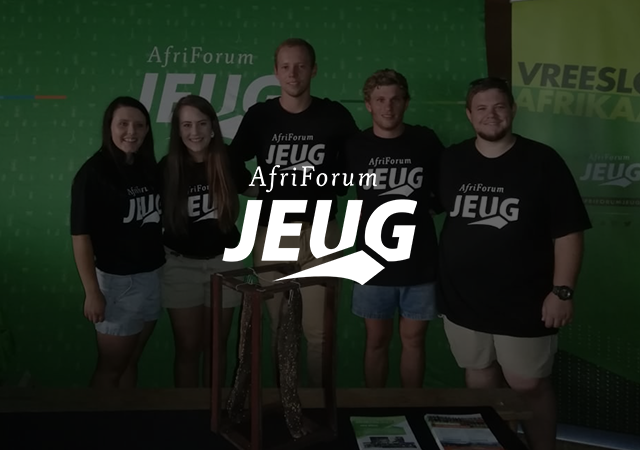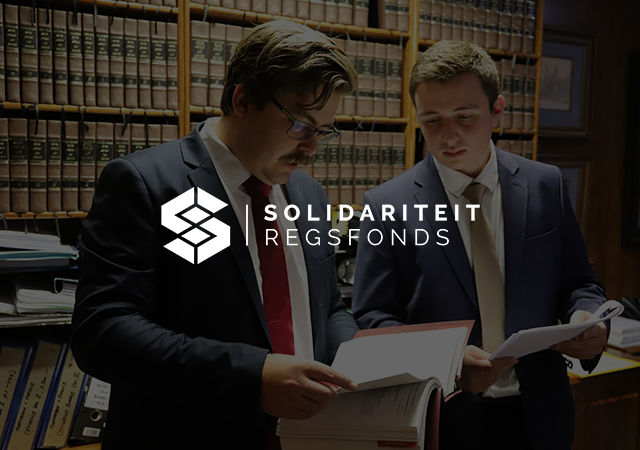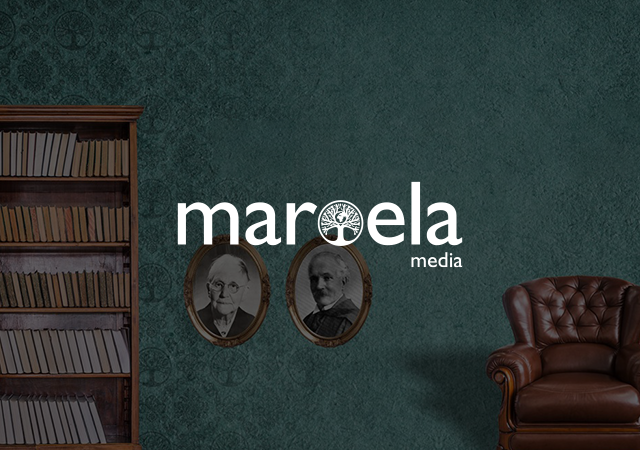Introduction
In 2023, approximately 32 000 people attended service on the Day of the Vow held at the Voortrekker Monument in Pretoria. 186 years after the historical events of 16 December 1838, this day is still observed by thousands of Afrikaners around the world.
On numerous occasions in the past, it has been assumed that observation of this day would end. However, it seems that the number of people attending these services continue to grow.
What is the Day of the Vow? Why is it still widely observed across the world, even after centuries, and why do Afrikaners seem to be morally so committed to observing it? This article attempts to answer these questions and to provide the historical context for this day.
Historical context
The Bloukrans Massacre
During the Great Trek in 1838 the Voortrekkers, having left the Cape Colony, were looking for land to farm again and to govern themselves independently from the British government in the Cape Colony. The Great Trek leader, Piet Retief, wanted a tract of land in the then Natal, strategically near a harbour, to facilitate trade. The land he had in mind belonged to the Zulu King, Dingane.
Retief advised his people to stay on the plateau of the Drakensberg Mountains, while he and a delegation of his men set out on horseback to the Zulu capital uMgungundlovu to negotiate with Dingane about the transfer of the land. King Dingane’s condition for the transaction was simple enough: Retief and his party had to recapture some of Dingane’s cattle taken by a rival chief. Upon returning the cattle the land would be transferred to the Trekkers.
Retief and his men returned the king’s cattle as promised, and Retief and King Dingane subsequently signed a treaty. Word reached the Voortrekkers on the plateau that the land had been transferred and they started to make their way down the mountain to the land they had hoped to occupy.
However, before Retief and his men could leave uMgungundlovu, Dingane asked if his warriors could dance for them. Naively, Retief agreed, but unbeknown to him the Zulu warriors performed a war dance inciting the warriors to kill Retief and his men once the dancing stopped.
On Dingane’s command, Retief and his men were taken to a nearby hill where they were brutally killed by the Zulu warriors. Retief came to his fate last, having to watch all of his men, including his son, being tortured to death.
After these brutal murders, Dingane gave the command to his warriors to attack and kill the rest of the Voortrekkers who were still camping in their wagon lager, waiting for Retief’s return, oblivious to what had happened. The Zulu warriors attacked in the early morning hours of 18 February 1838, slaying hundreds of innocent women and children. In one night, 185 children were killed. To date, this is the most children to have died in one night in the history of South Africa. This attack is known as the Massacre of Bloukrans.
Preparations for a penal expedition
Retief’s people were devastated by the killing of almost half of them. With help arriving for the stranded survivors the men decided to undertake a penal expedition to avenge the lost lives of their loved ones in December 1838. The women and children were left behind at a safe location.
The expedition was led by Commandant Andries Pretorius. While scouting the area for an appropriate battleground, the Voortrekker men circled their wagons in a lager at night. This way, they could be protected from all angles. Sarel Cilliers, a religious leader, who travelled with the men, realised the risk and the small chance of victory over the mighty Zulu impis. Led by Cilliers, the men took a vow to God: If victory in this battle could be theirs, they would henceforth celebrate the day as a sabbath, build a church, and teach future generations to keep commemorating the victory in remembrance:
We stand here before the Holy God of heaven and earth, to make a vow to Him that, if He will protect us and give our enemy into our hand, we shall keep this day and date every year as a day of thanksgiving like a sabbath, and that we shall build a house to His honour wherever it should please Him, and that we will also tell our children that they should share in that with us in memory for future generations. For the honour of His name will be glorified by giving Him the fame and honour for the victory.
From 13 December Cilliers affirmed the vow along with the Voortrekker men during their evening prayers and in worship at dawn. It was important for Cilliers that all the men understood the solemnity and consequences of the Vow. Therefore, those who did not want to participate were given the option to not participate.
The Battle of Blood River
On the evening of 15 December, the Voortrekker men sensed the Zulu warriors were approaching. They could hear their footsteps and smell their bodies covered in oil (a Zulu war tradition) from afar. It was a misty night and the men’s concerns grew that their gunpowder would be too damp to fire, should the attack come during the night.
The Zulu did not attack during the night of 15 December. At sunrise on the morning of the 16th, the Zulu and Voortrekker men were equally surprised to find that they were only a few hundred feet away from each other. The mist had protected the lager from sight. The Voortrekker men also realised that they were only 400 against 16 000 Zulu impis.
The Voortrekker men’s prayers were answered as they engaged in the battle and prevailed Many factors contributed to the victory. Some of the Zulu impis tried to cross the river to escape but drowned in the process, or were shot by the Voortrekker men. Lore has it that the river’s water had turned red from the blood of the Zulu impis – hence the name Blood River.
The significance of this day
Afrikaners look back on the victory on this day with gratitude and in awe of the miracles God had performed to save their ancestors. As part of the religious service on the Day of the Vow we recall the miracles and praise God for his saving grace.
Historians often approach these claims of a miracle with scepticism, attributing the outcome to superior strategy, weaponry and defensive tactics. However, for many Afrikaners, the events remain a potent symbol of faith and resilience.
-
The weather and geographical location
KwaZulu-Natal is known for its wet Decembers. It had been raining for a week and the rivers were swollen and difficult to cross. When Pretorius and his men crossed the Ncome River they found the perfect location for battle. To the south, the strong-flowing river with its deep hippo pool; to the west, a deep donga, also filled with muddy water – with the Zulu impi approaching from the north, it created natural defence barriers that hindered the Zulu forces.
Commandant Andries Pretorius said: “God himself chose the location.”
-
Dry gunpowder and the sun rising in a cloudless sky on the morning of 16 December
If it had rained, and it was a damp and cloudy day, they would not have been able to use the gunpowder.
-
The lager was covered in mist on the night of 15 December
Commandant Pretorius was afraid of a night attack, so he commanded his men to hang lanterns out on sticks outside their wagons. When the lager was covered in mist, the superstitious Zulu only saw strange lights floating in the air and decided to wait until the morning before they made a move.
-
The horses and cattle remained calm
Hundreds of horses and cattle were kept inside the lager. During the night of 15 December not a sound came from the animals that would have given away the location. In the midst of the commotion and chaos of the battle, and no one being able to look after the animals during the battle, the animals did not try to break out – not a normal reaction from nervous animals.
-
There were no deaths among the Voortrekker men and only three men were wounded.
There was no loss of life among the Voortrekker men, nor were there serious or life-threatening injuries. Only three men out of the 400 suffered minor wounds.
-
The weapons did not overheat or explode.
Front loader guns are known to overheat and explode if fired too often in succession. As the Zulu impi kept coming at the men and had to be fended off, there was a concern that the weapons would explode or fail to fire. By God’s grace, the weapons did not overheat and the men could keep firing.
-
Only one shot from a cannon, Grietjie, positioned 3 kilometres away, made a telling blow.
It is not usual for a cannon to fire accurately over a long distance, but Commandant Pretorius took his chances and loaded the one cannon they had to its maximum and aimed it at the hill from where the Zulu leaders were observing the battle three kilometres away. The shot from the cannon hit King Dingane’s successor. This was a telling blow that startled the Zulu impis greatly.
-
The mighty Zulu army fled.
A mighty and widely feared army, one trained by the famous King Shaka himself, halted and took flight. The king did not tolerate cowards. It was a known fact that if a Zulu warrior surrendered in battle, he would die by the spear of one of his own. But during the Battle of Blood River, experienced Zulu impis turned around as one and fled. King Dingane also fled and razed uMgungundlovu to the ground when he learnt of his army’s defeat.
The Voortrekkers knew that had it not been for the hand of God that day, they would have lost the battle, and that they would have faced the same fate as their fellow Voortrekkers at Bloukrans. Since then, 16 December is observed as a day of thanksgiving and worship.
The Day of the Vow or Reconciliation Day?
After the end of apartheid in 1994, 16 December has remained a public holiday in South Africa, but it was officially renamed to “Reconciliation Day” to encourage reconciliation between all nations and cultures in South Africa. Yet, for many South Africans, it remains the “Day of the Vow,” and it is still observed as such, mainly for religious reasons.
Reconciliation in practice
Two years after the Battle of Blood River, King Dingane was killed by his half-brother, Mpande, who took the throne. The Voortrekker men who fought at the Battle of Blood River attended the new king’s coronation ceremony, attended the new king’s coronation and buried the hatchet, and promised peace between the Zulu and Voortrekkers. Since the Battle of Blood River, there has been no further conflict between the Afrikaner and the Zulu.
The late Zulu Prince, Mangosuthu Buthelezi, used his position as a politician to advocate a good relationship between the Afrikaner and the Zulu nation. After his death in 2023, a memorial service was held in honour of Buthelezi at the Voortrekker Monument in Pretoria. The service was attended by people from both the Afrikaner and Zulu heritage.
In 2016, former president Jacob Zuma built a bridge over the Blood River Heritage Site to the Ncome traditional community’s ground. In 2022, the management of the Blood River Heritage Site donated Zulu Bibles to each child and family of the local school in Ncome .
Each year, hundreds of schools take children from various backgrounds to visit the Voortrekker Monument to learn about the history and relationship between the Afrikaners and other traditional African groups.
Reconciliation is a daily practice for South Africans, and it shows in small gestures and in an overall attitude of living in peace with all cultures.
Day of the Vow
For Afrikaners 16 December is not about celebrating a victory that lies far back in the past, nor is it a matter of reconciliation, – it is about honouring a vow their ancestors had pledged to God.
Many Afrikaners feel they owe the reason for their existence to the fact that God had saved their ancestors at the Battle of Blood River. They also feel bound to the Vow in religious and moral terms.
Church services on the Day of the Vow are held across the country where attendees praise God for the miracles He had performed on that day, and they repeat the Vow to keep observing this day as a sabbath and teach their children to do the same.
In South Africa, the main service on the Day of the Vow is held at the Voortrekker Monument in Pretoria. The Monument was designed in such a way that a ray of sunlight shines through a hole in the roof at exactly 12 pm on 16 December. This is the only day in the year this happens.

Worldwide observance
In 2023, estimated statistics showed that roughly 185 000 people across the world attended a service on the Day of the Vow. The Day of the Vow is celebrated in 24 countries across six of the seven continents. Apart from South Africa, this day is also observed in Australia, Botswana, China, Germany, England, Japan, Canada, Luxemburg, Mozambique, Namibia, The Netherlands, Nieu-Zealand, Nigeria, Paraguay, Mexico, Poland, Portugal, Russia, Scotland, Sweden, the United Arab Emirates and the United States of America.
The nationality of the participants is not known, but it can be safely assumed that the widespread attendance can be ascribed to Afrikaners who have emigrated to other parts of the world and continue to observe the Day of the Vow with their families in their newly-found communities. This shows a deep commitment to the Vow, even when the individual is thousands of kilometres away from the country of their roots.
Conclusion
When Sarel Cilliers had pledged the Vow, he was concerned that the men would forget the Vow after the battle and that their children would not keep the promise. This was unfounded concern as the victory has profoundly touched those involved in the battle as well as the future generations who still continue to observe this day as a Sabbath.
For Afrikaners, the Day of the Vow is not a celebration of a victory over the Zulus, but it is rather a day to honour their ancestors’ promise to God and to thank Him for saving them in a time of need. If the current trend is to continue, the Day of the Vow will be observed for many years to come across continents.































